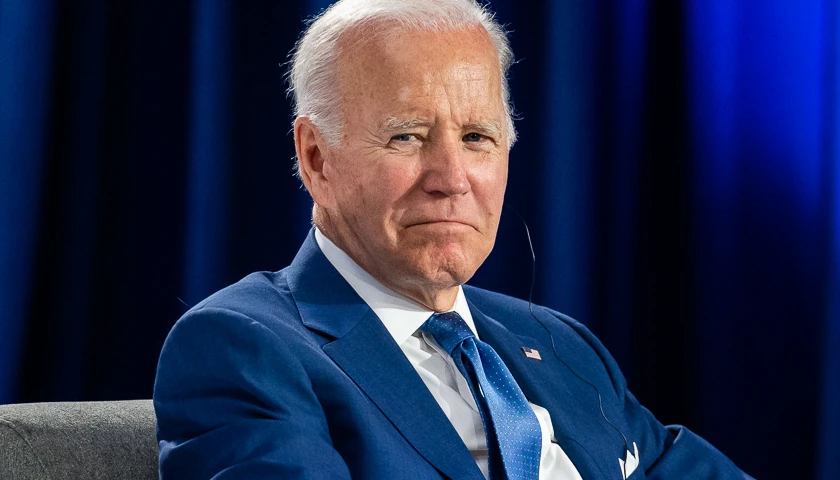An economic expert says Ohio’s latest unemployment data show 2019 was the slowest year for new jobs in a decade — and the state lagged behind the nation in creating new jobs.
Dr. Andrew J. Kidd, an economist with The Buckeye Institute’s Economic Research Center, made the comments Friday after the Ohio Department of Job and Family Services released the January unemployment data. The manufacturing sector lost jobs.
The department’s data is available here. Ohio’s unemployment rate in January was 4.1 percent, unchanged from the prior month, and higher than the national rate of 3.6 percent, which had increased 0.1 percentage points from December.
The worst performer among major cities was Canton, with a 4.4 percent unemployment rate, which was unchanged from December.
Kidd said, “After annual revisions, we see that 2019 was the slowest year for private-sector job growth in Ohio since 2009—adding only 23,900 new jobs. This follows the trend seen in 2018 when Ohio’s private sector added only 29,000 new jobs. And Ohio continued to lag behind the nation in job creation, which grew three times faster than Ohio in 2019 (1.5 percent compared to 0.5 percent). Despite the slow growth in 2019, Ohio’s job market added 2,300 new private-sector jobs in January and its unemployment rate remained steady at 4.1 percent.
“Continuing the trend seen in 2019, Ohio’s January job growth was not evenly distributed and the state continued to see a shift away from manufacturing jobs, which lost 1,700 jobs in January. The administrative and support services sector also lost jobs, falling by 5,200. Those losses were off-set by substantial gains in the education and health services sectors, which added 5,200 new jobs, and in the leisure and hospitality sector, which added 4,300 new jobs.
“Ohio’s consistent, albeit slow, job growth tells us that policymakers need to focus on adopting deeper economic reforms and pro-growth policies that have been outlined by The Buckeye Institute—controlling government spending, eliminating the commercial activities tax, adopting universal occupational licensing reciprocity—to encourage private-sector job growth and attract workers to Ohio,” Kidd added.
This news may be one reason Gov. Mike DeWine and Ohio Republican Party Chairwoman Jane Timken have spent a great deal of time lately hitting the road, attending Lincoln Day Dinners and talking about increased spending for child welfare programs, as The Ohio Star reported this past week. One of their talking points, however, is that the economy is doing well, which would not seem to match up with the latest unemployment numbers.
At the same time, the state fund that helps jobless workers has been deemed insolvent by the U.S. Department of Labor’s State Unemployment Insurance Trust Fund Solvency Report, the CantonRep said. The state has only one-third of $3 billion that is needed in the event of a future recession.
– – –
Jason M. Reynolds has more than 20 years’ experience as a journalist at outlets of all sizes.





